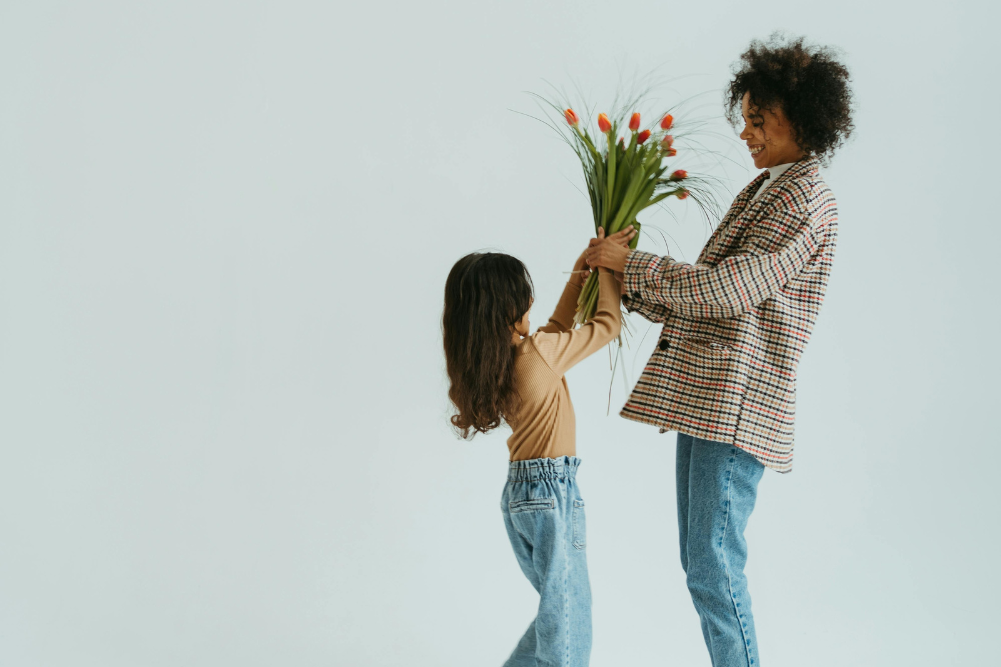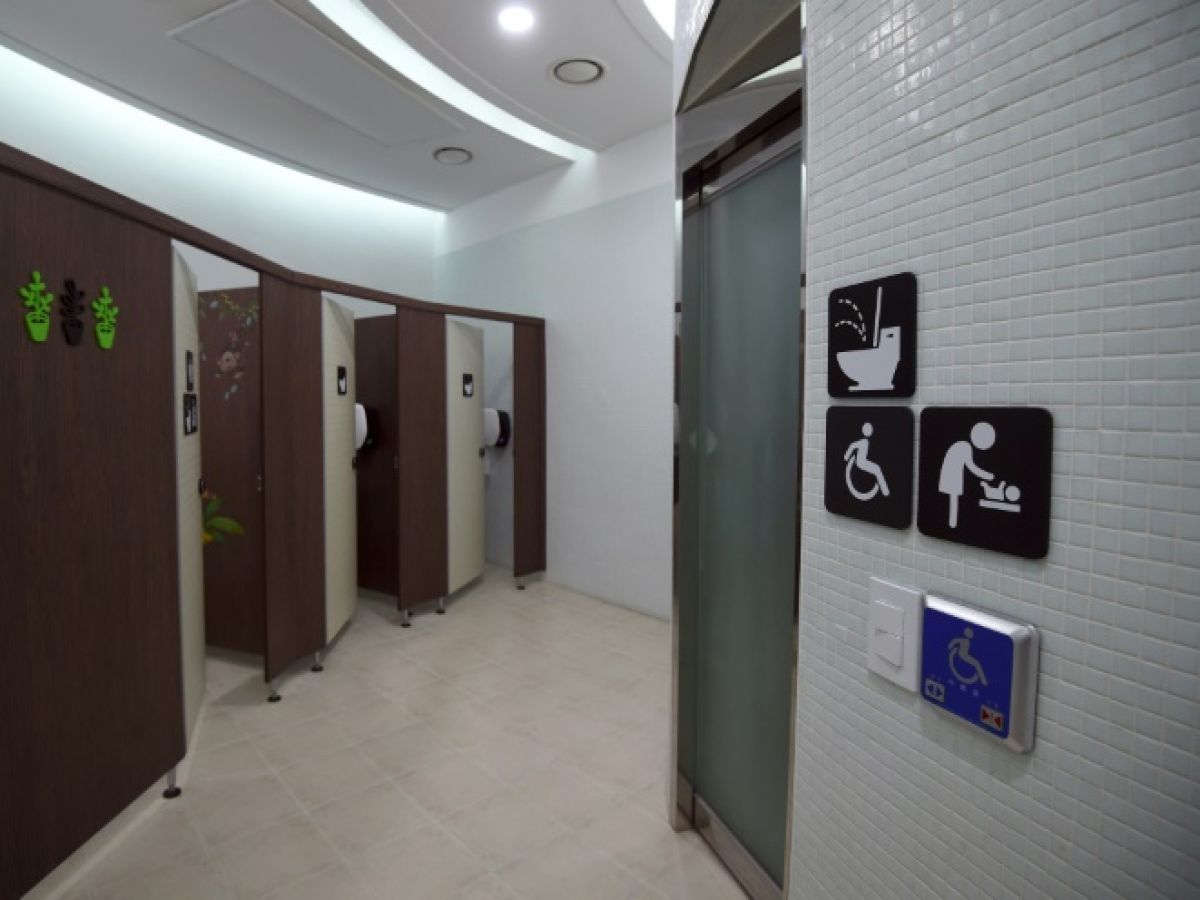Omar Faruq, a Bangladeshi student, wants to believe in a bright future for his country even if his world is now nothing but darkness, after losing his sight during the recent violently repressed demonstrations.
More than 450 people died, many of them victims of gunfire by security forces during anti-government rallies that rocked the country in the weeks leading up to August 5, the day Prime Minister Sheikh Hasina fled by helicopter to India.
Dozens of protesters were left blind or visually impaired after being hit by rubber bullets or lead shot fired by police from shotguns.
Bangladeshi security forces have been accused of using excessive force to quell the protests.

"I was bombarded with pellets everywhere... on my nose, my eyes, everywhere... at point-blank range," says Faruq, 20.
He had hitchhiked the 200 kilometres from the northern town of Bogura to the capital Dhaka to take part in the protests.
He is currently being treated at the National Institute of Ophthalmology and Hospital (NIOH), the largest specialized eye center in the country.
According to the institution's records, nearly 600 people lost at least some of their vision after being hit by pellets fired during the civil unrest that led to the end of Ms Hasina's authoritarian rule.
Among these patients, 20 lost the use of both eyes.
– Use of “disproportionate force” –
Hundreds of other people with eye injuries are being treated in small hospitals in Dhaka, according to local media.

"We were doing up to ten surgeries at a time," says Mohammad Abdul Qadir, acting director of NIOH, "we had never seen anything like that."
Human rights groups have advised against the use of lead shot by law enforcement against unarmed protesters, saying the munitions have a non-targeted effect.
The US organisation Physicians for Human Rights has called their use "inherently inaccurate" and potentially "lethal to humans (if fired) at close range".

Last week, the United Nations said it had "strong evidence" that Bangladeshi security forces used "unnecessary and disproportionate force." A team is expected to travel to Dhaka to investigate.
People being treated at NIOH hospital, where every room is full of demonstrators who have become visually impaired, bear witness to the violence being used.
Mohammad Abdul Alim, 34, writhes in pain in his hospital bed, several bullets still lodged in his body. His left eye is swollen and bloodshot.

"Sometimes I wish I could cut off the left side of my face," laments Mr. Alim, still visibly anxious.
“When I eat, I don’t really see the amount of rice on my plate.”
An X-ray of Abdul Alim's skull, seen by AFP, shows dozens of pellets lodged throughout.
– “A sacrifice” –
He said police gave protesters 20 seconds to disperse before spraying them with bullets and dozens of people "immediately collapsed" after the shots.

This week, the interim government led by Nobel laureate Muhammad Yunus announced the establishment of a foundation to "care for the wounded and the families of the dead and wounded" who took part in the protests.
Abdul Alim hopes to be one of them.
"We can never forget the contributions of students and people who sacrificed their lives and were seriously injured during the protests against the dictatorship," Yunus said in a statement.
He promised that his government would do, as soon as possible, "what is necessary to take care of the wounded and the families of the deceased." But for now, the wounded can only count on their families.
In another room at NIOH, Nazrul Islam strokes the hair of his younger brother Rahmatullah Sardar Shabbir, comforting him. Doctors managed to remove two of the three bullets that pierced the 26-year-old's left eye on August 4, but have not been able to restore his sight.
"I can't see anything with my left eye," says Shabbir, a law student who, like almost all other visually impaired NIOH patients, says he has no regrets.
"It's a sacrifice" for my country, he said, a Bangladeshi flag above his bed. "We have created a new Bangladesh."

